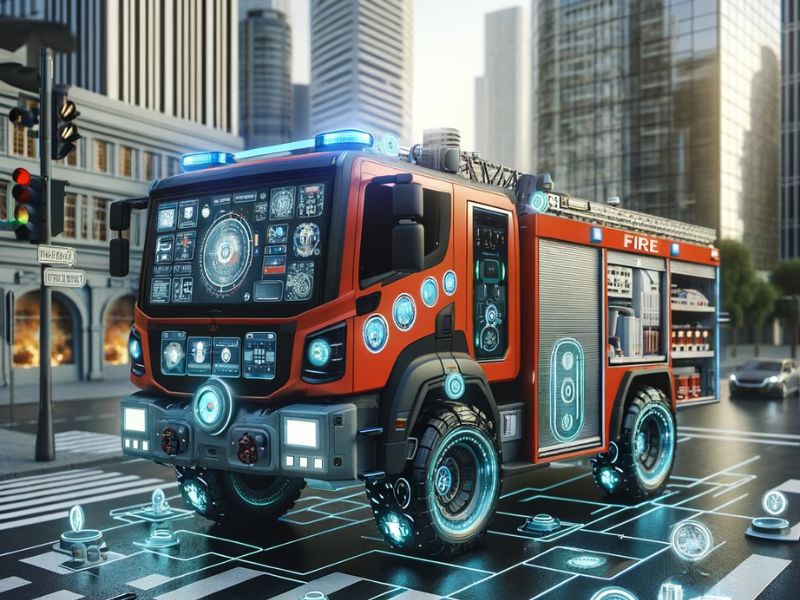
New Rescue Tools for Firefighters
Global Innovations in the Field of Firefighting Vehicles
Recent Trends in Rescue Vehicles
The world of firefighting rescue vehicles is witnessing rapid technological advancements. Significant focus has been placed on integrating advanced electronic controls, such as touchscreens and digital control panels, to make vehicles easier to operate and maintain. The use of wireless technology enables firefighters to operate some vehicle control panels through mobile devices, enhancing safety and situational awareness. Furthermore, advancements in safety technologies, such as automatic emergency braking and electronic stability control systems, are becoming increasingly common.
Innovations in Firefighting Vehicles
Recently, Rosenbauer International AG introduced a new fleet of electric firefighting vehicles, including models like RT, AT Electric, L32A-XS Electric, and GW-L Electric. These vehicles offer a breakthrough in energy efficiency and emissions reduction. Another notable innovation has been the supply of an electric aerial ladder, based on a Volvo chassis, to the professional Fire Department of Zurich by the Rosenbauer Group.
Specialized Vehicles for Rough Terrain
The next generation of off-road emergency response vehicles, such as ESI’s XRU, has been specifically developed to transport heavy loads and navigate challenging terrains without compromising speed, stability, or safety. This vehicle features a four-wheel independent suspension, ensuring a smooth and comfortable ride even on very rough terrain and at speeds of up to 65 mph, even when equipped for firefighting suppression missions, EMS response, or search and rescue operations.
Future Outlook and Prevention
Innovations in firefighting rescue vehicles represent a significant leap forward in the safety and efficiency of emergency response operations. The ongoing development of advanced technologies and specialized vehicles holds the promise of further enhancing the ability of fire departments to respond quickly and effectively to a wide range of emergencies, thus better safeguarding communities and the environment.


